

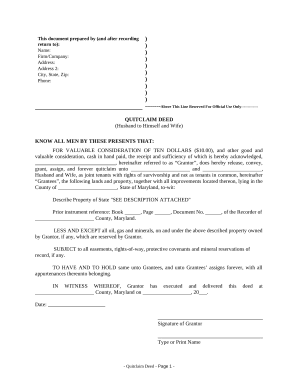



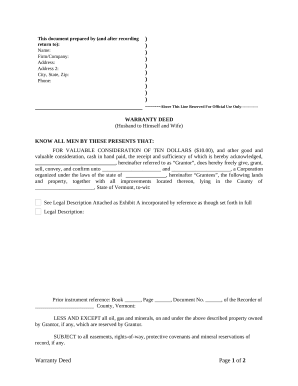

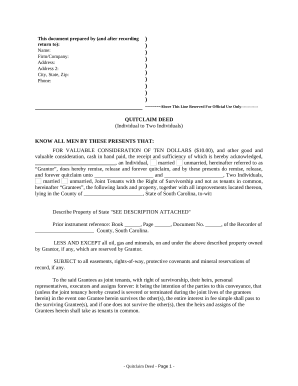
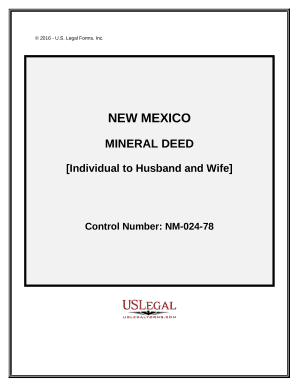
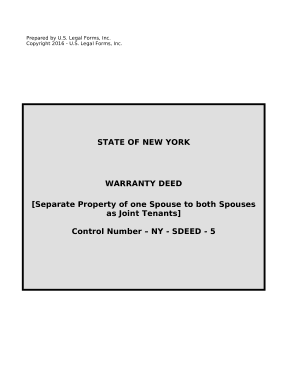
Your workflows always benefit when you are able to locate all of the forms and documents you will need at your fingertips. DocHub gives a a large collection form templates to relieve your everyday pains. Get hold of Property Rights Transfer Deeds category and quickly find your document.
Start working with Property Rights Transfer Deeds in a few clicks:
Enjoy seamless file management with DocHub. Discover our Property Rights Transfer Deeds category and locate your form today!